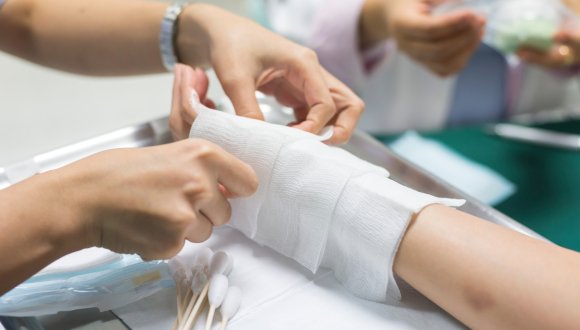A groundbreaking bioengineered skin graft developed by researchers at Tel Aviv University and Sheba Medical Center has demonstrated remarkable healing properties in preclinical trials. Designed using the patient’s own cells, this innovative graft is more stable, flexible, and robust than traditional treatments. In a full-thickness wound model, it achieved wound closure in half the time of standard therapies, offering new hope for burn victims.
Current treatments, such as autologous skin grafting, require harvesting healthy skin from the patient, which can be problematic for those with extensive burns. The new bioengineered skin eliminates this issue by using a nanofiber scaffold combined with bioactive peptides to promote cell growth. Unlike existing cultured epidermal autografts, which shrink significantly and lack durability, this new approach maintains its structure and function.
With wartime injuries increasing the demand for advanced burn treatments, researchers are working to bring this technology from the lab to clinical practice. The potential for improved recovery and quality of life makes this bioengineered skin a promising solution for both military and civilian patients.
Article from Tel Aviv University: TAU develops bioengineered skin that can speed healing
Journal abstract from Advanced Functional Materials: Stable, Easy-to-Handle, Fully Autologous Electrospun Polymer-Peptide Skin Equivalent for Severe Burn Injuries

